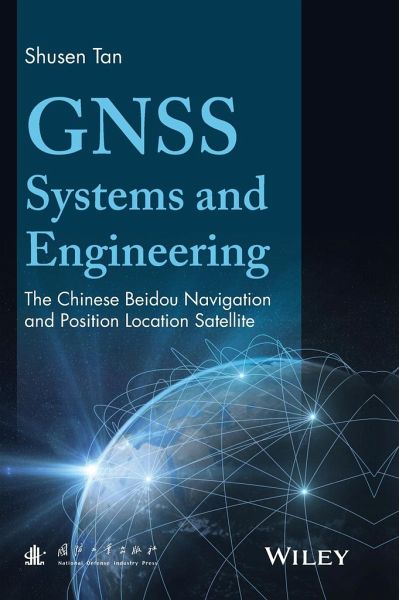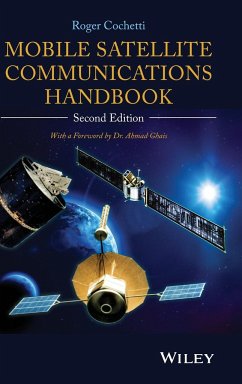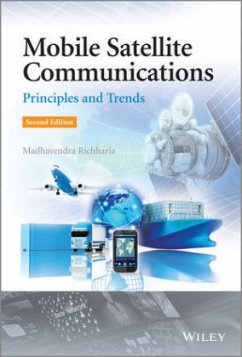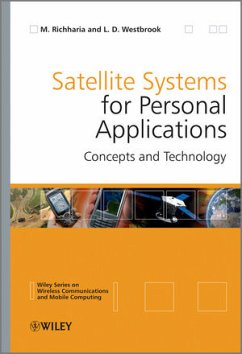
Gnss Systems and Engineering
The Chinese Beidou Navigation and Position Location Satellite
Versandkostenfrei!
Versandfertig in über 4 Wochen
144,99 €
inkl. MwSt.
Weitere Ausgaben:

PAYBACK Punkte
72 °P sammeln!
Comprehensive guide to the fundamentals and advanced engineering of the Beidou satellite system_ The first book specifically describing the Chinese Beidou timing/navigation system - an increasingly important contributor to the GNSS_ Introducing the 'user location information sharing' demands, technologies and development trends_ Highlights the technical features and broad application prospects of navigation, positioning and short message communication of the Beidou satellite system_ Enhances understanding of the fundamentals and theories of radio navigation and positioning satellite systems_ O...
Comprehensive guide to the fundamentals and advanced engineering of the Beidou satellite system
_ The first book specifically describing the Chinese Beidou timing/navigation system - an increasingly important contributor to the GNSS
_ Introducing the 'user location information sharing' demands, technologies and development trends
_ Highlights the technical features and broad application prospects of navigation, positioning and short message communication of the Beidou satellite system
_ Enhances understanding of the fundamentals and theories of radio navigation and positioning satellite systems
_ Offers guidelines as to how to implement their design and construction
_ A comprehensive reference on the subject for those who are doing scientific or engineering research in this area
_ The first book specifically describing the Chinese Beidou timing/navigation system - an increasingly important contributor to the GNSS
_ Introducing the 'user location information sharing' demands, technologies and development trends
_ Highlights the technical features and broad application prospects of navigation, positioning and short message communication of the Beidou satellite system
_ Enhances understanding of the fundamentals and theories of radio navigation and positioning satellite systems
_ Offers guidelines as to how to implement their design and construction
_ A comprehensive reference on the subject for those who are doing scientific or engineering research in this area













